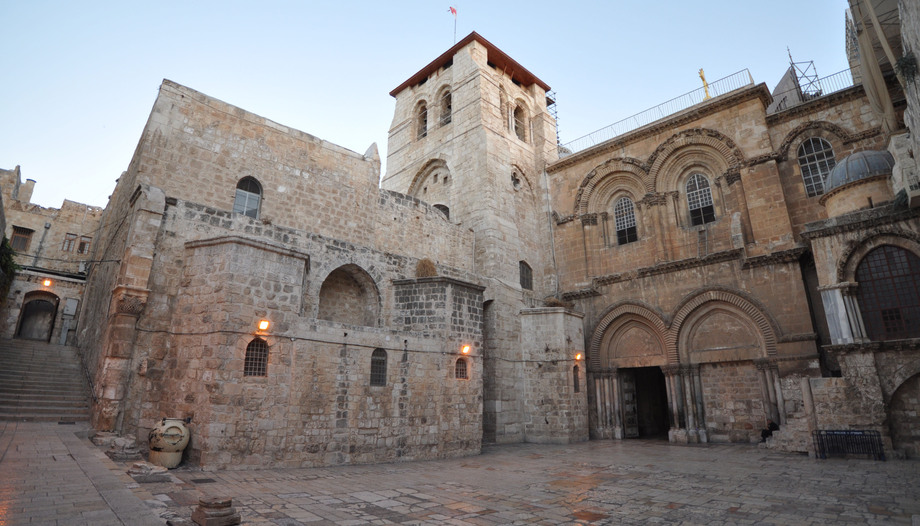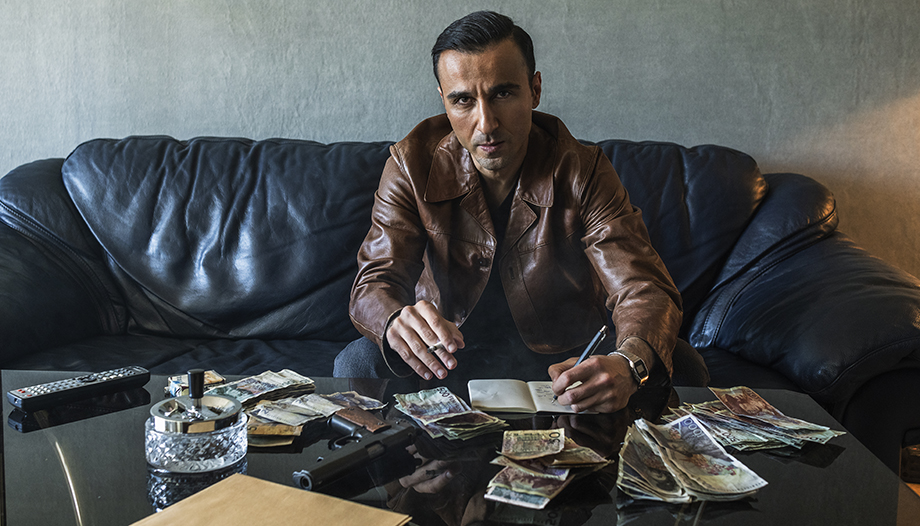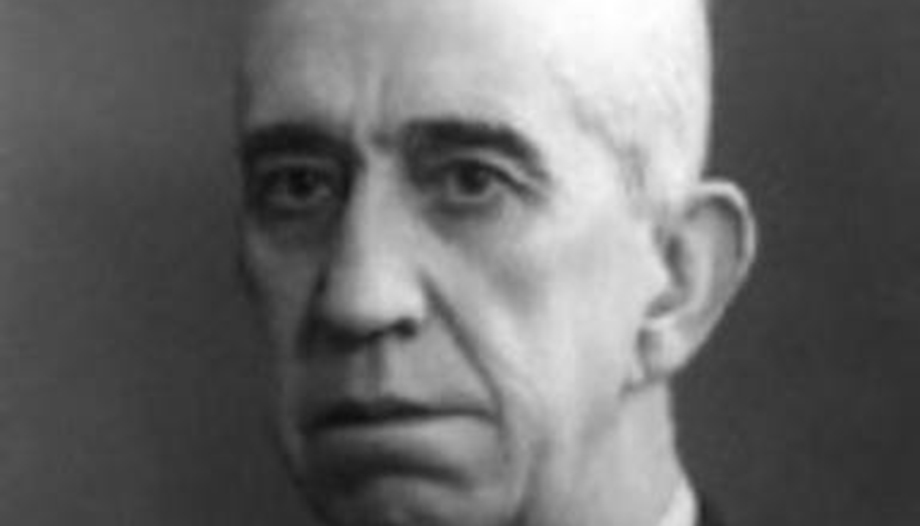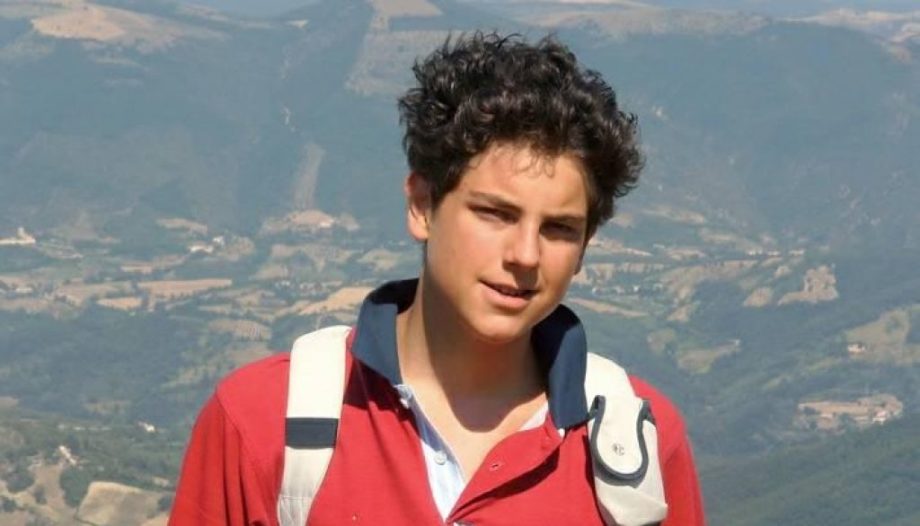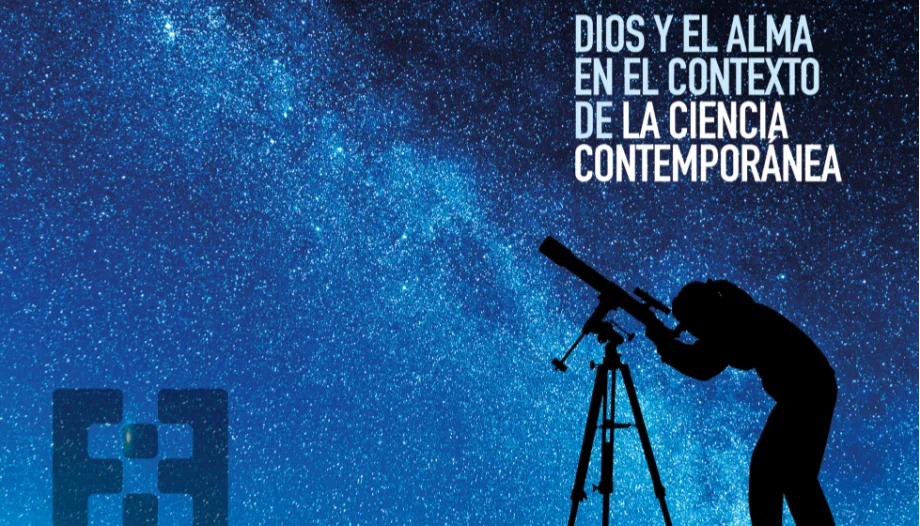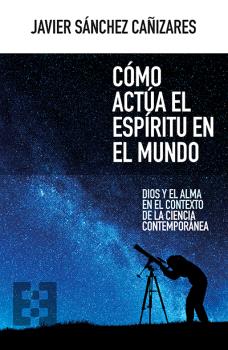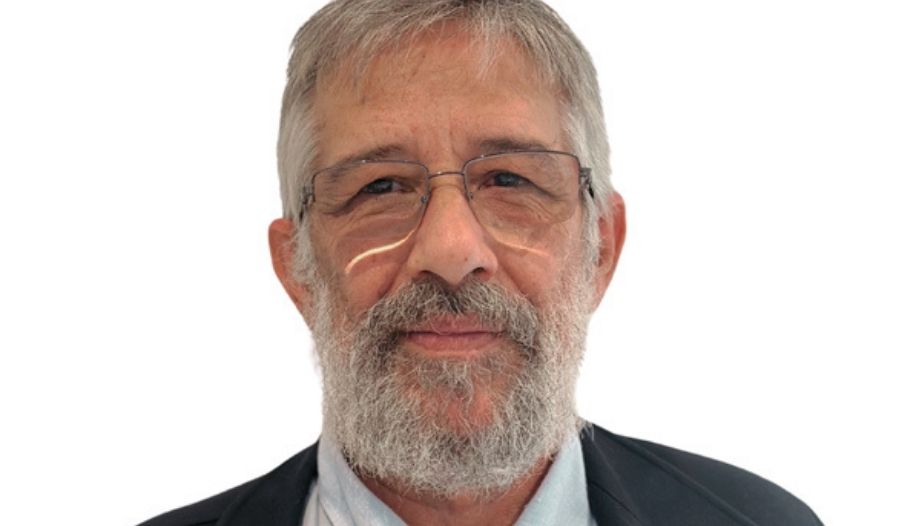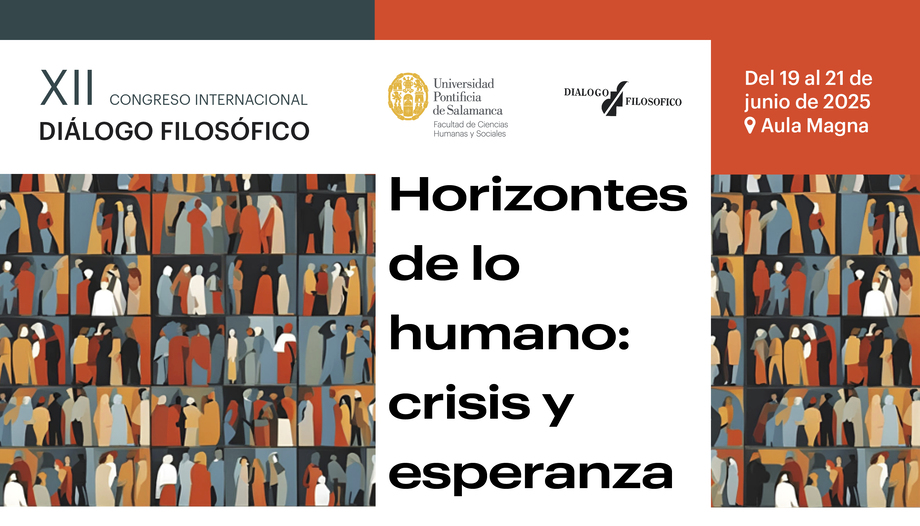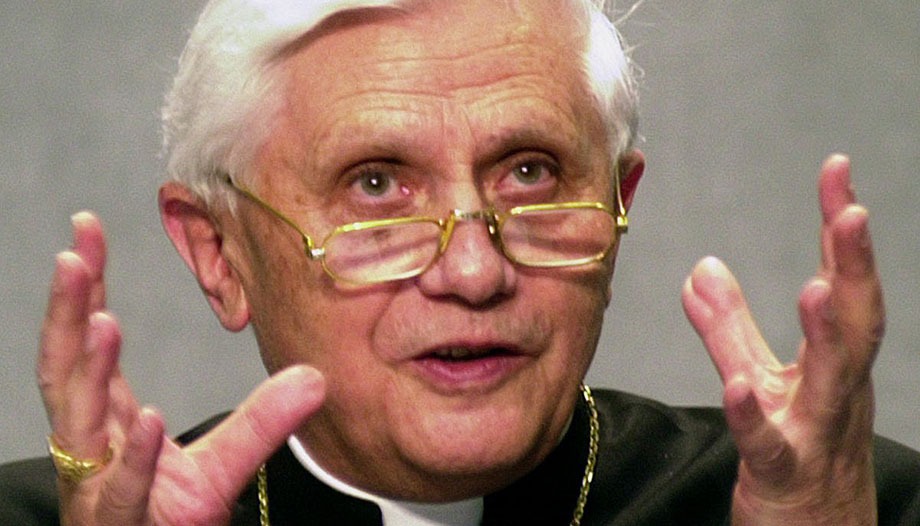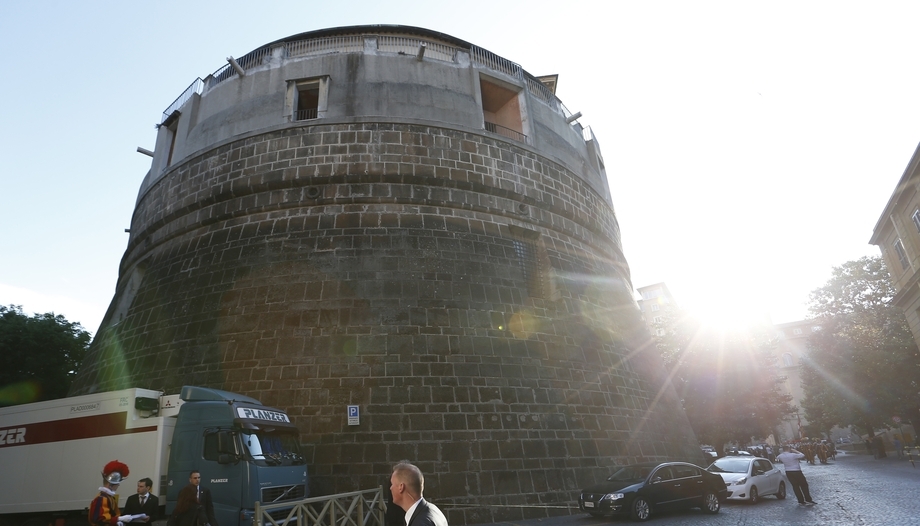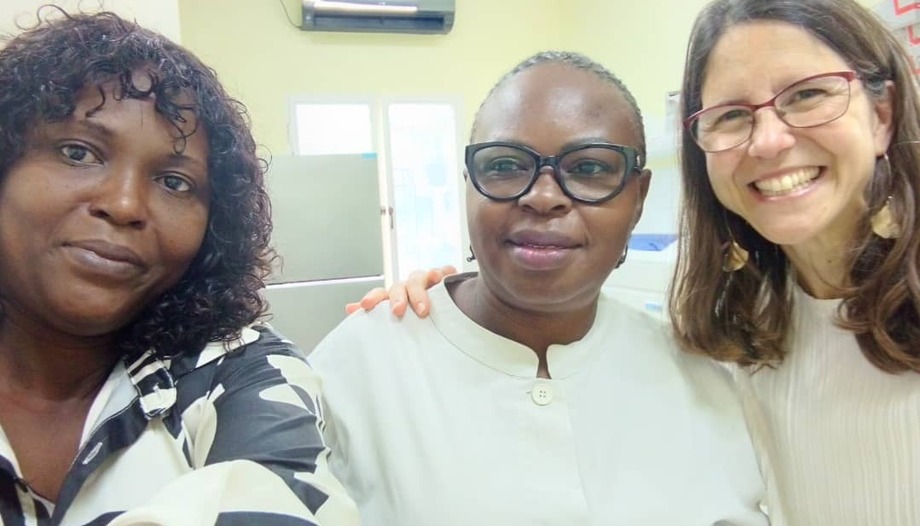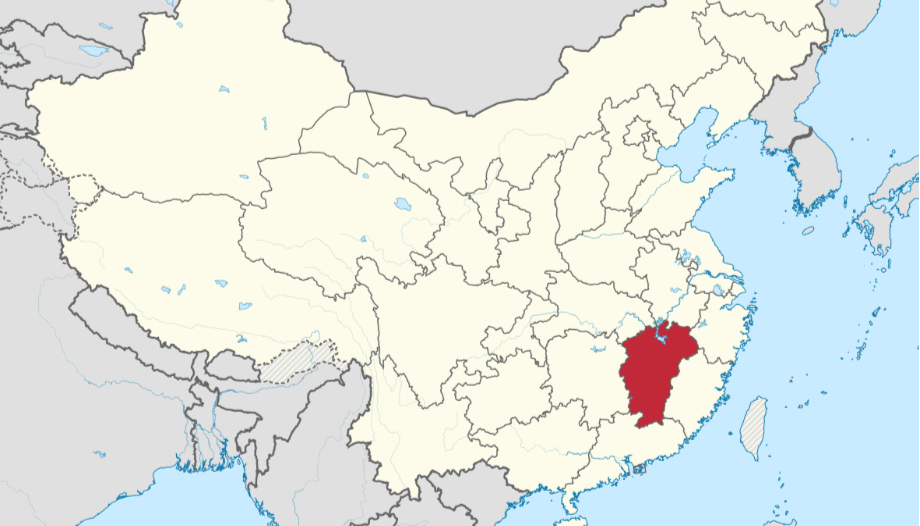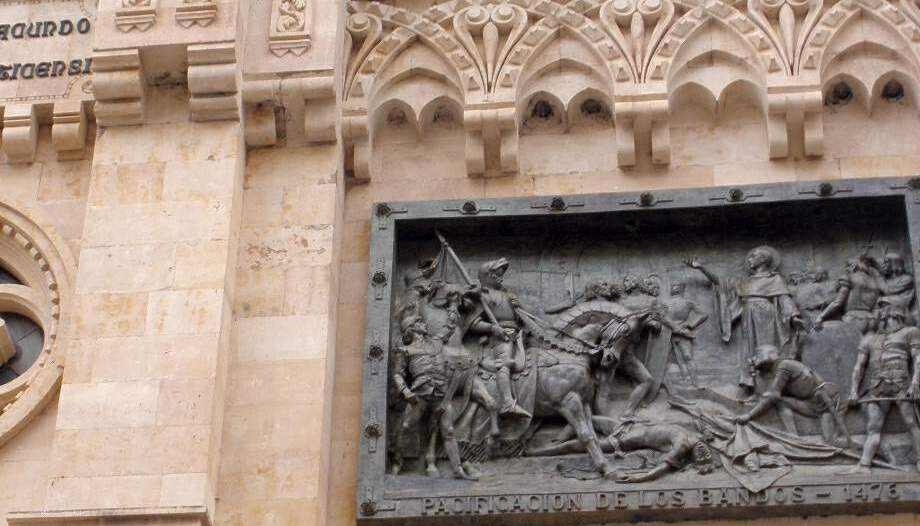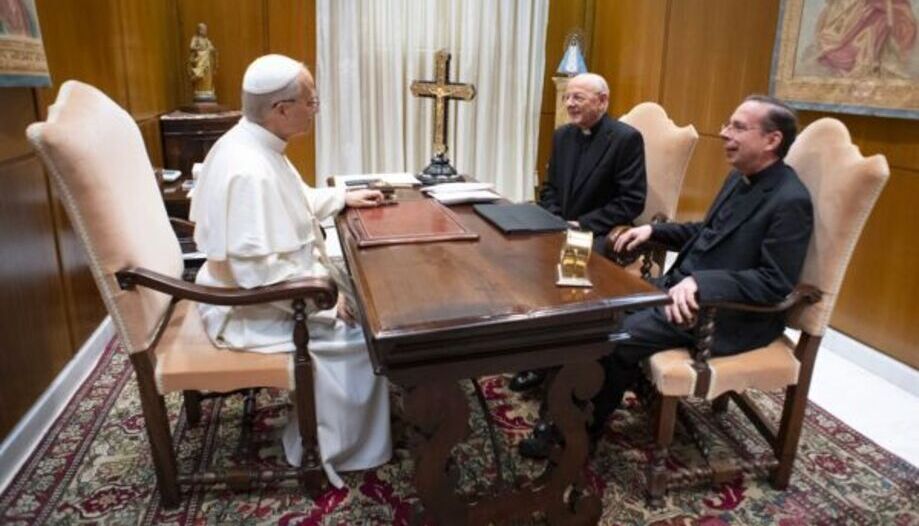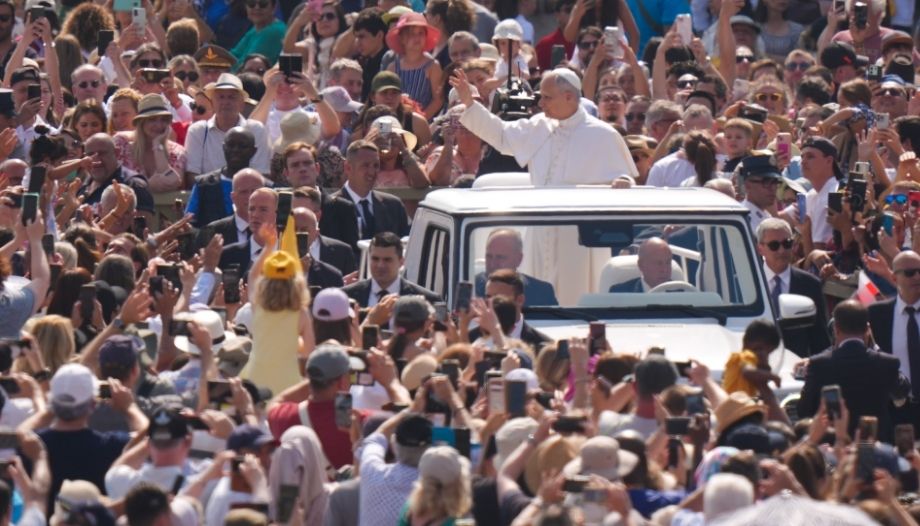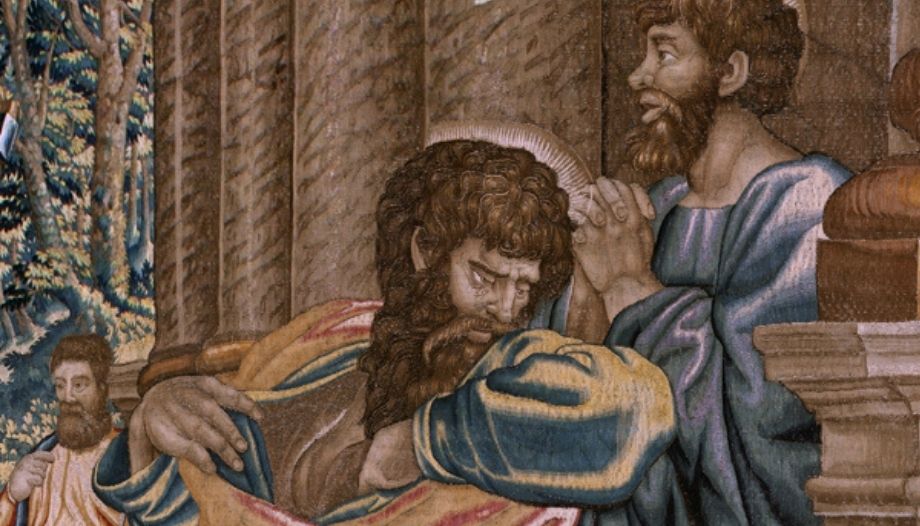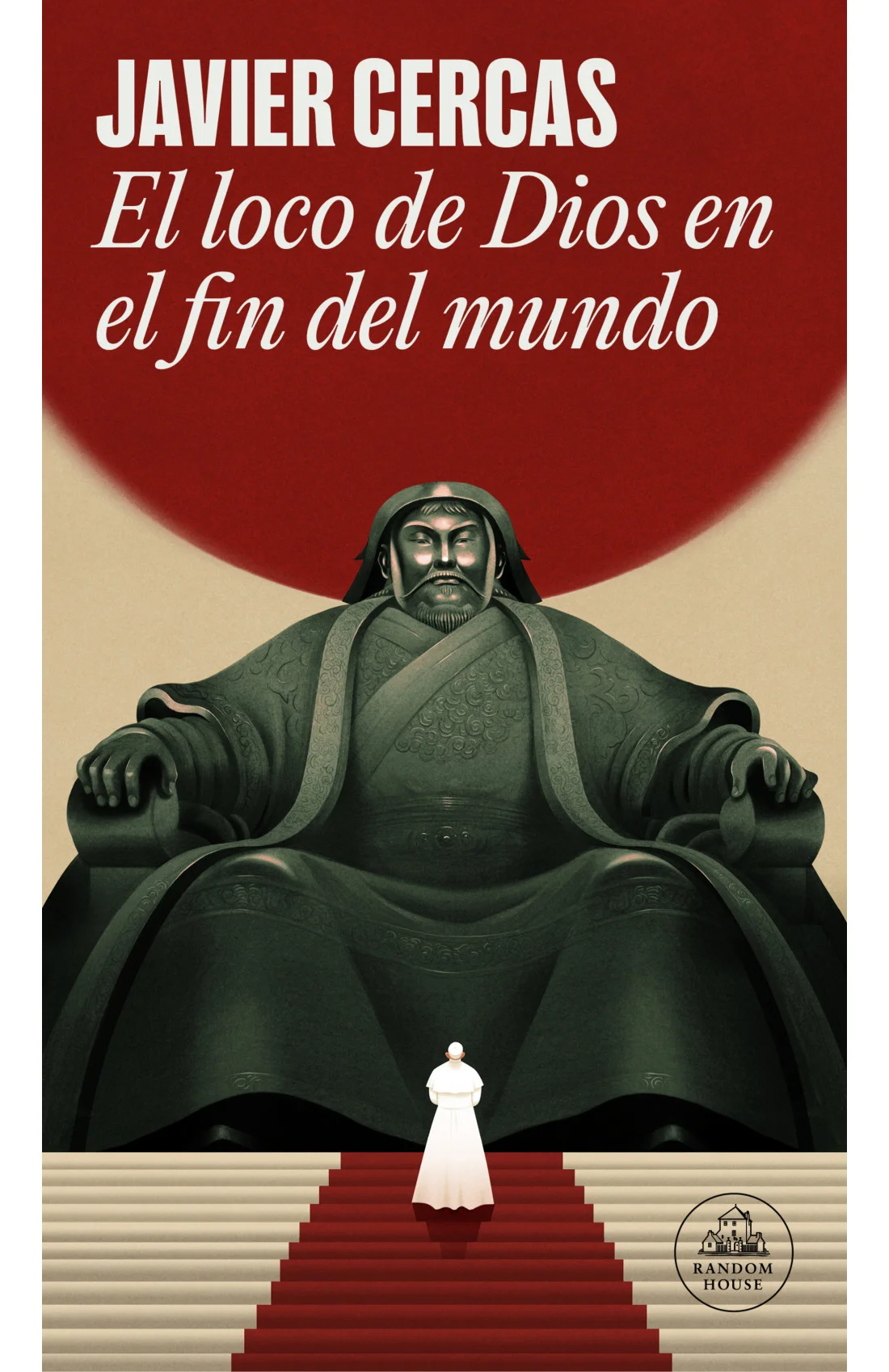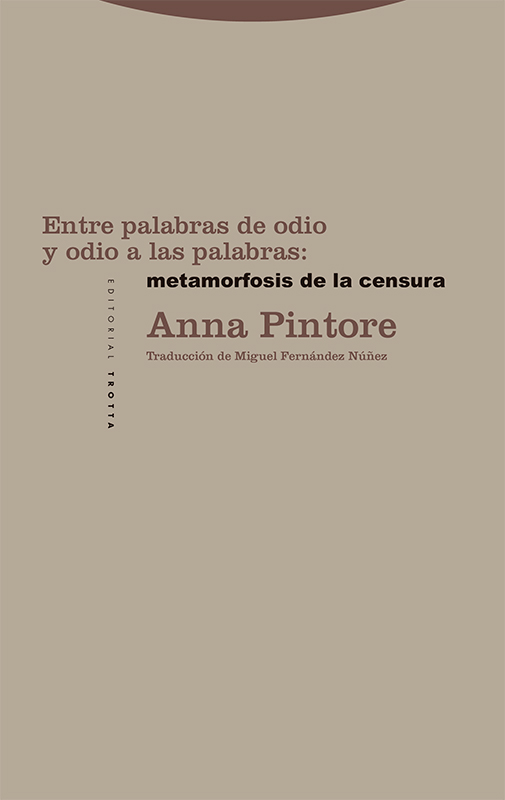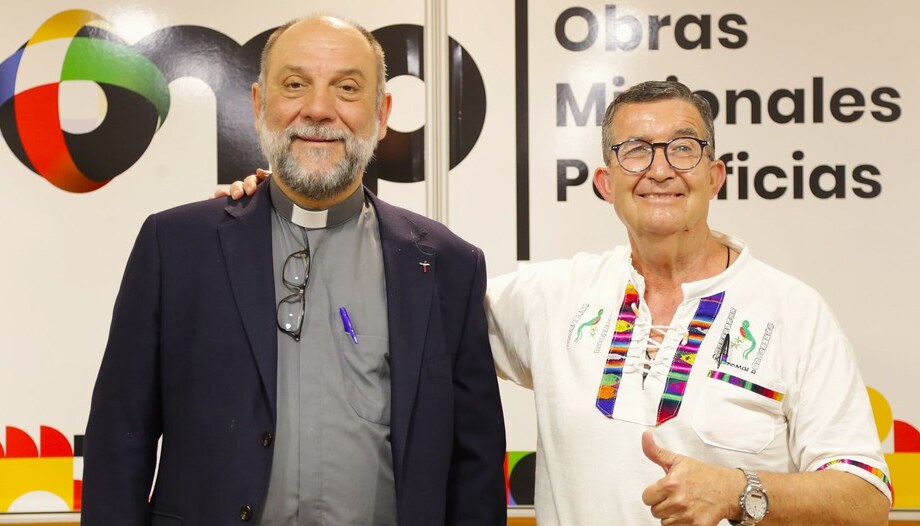"Leon XIV?" Those were the words, with a surprised face, that possibly more than one uttered on the day of the election of the pope. So it was at least in my case, standing with a friend in St. Peter's Square. My mind went backward, to remember Leo XIII, and at the same time I could not help but go forward, to understand who Robert Francis would be. Prevost. Indeed, the words and gestures of the new pope would give us more clues about his pontificate.
We do not know to what extent Leo XIV will resemble Leo XIII or in what way he will follow him, but the fact that in the brief homily at the beginning of his pontificate the Holy Father again made mention of Leo XIII and called him "my predecessor" suggests that this decision is more than just a remote inspiration. In that homily, after commenting on how charity can be a leaven of unity in the world, he affirmed: "With my predecessor Leo XIII, we can ask ourselves today: if this charity were to prevail in the world, "would it not seem that every struggle would soon be extinguished wherever it took effect in civil society" (Letter Enc. Rerum novarum, 20)".
Beyond Rerum novarum
I thought it appropriate to analyze what aspects characterize the pontificate of Leo XIII in order to see what we can glimpse through the beginning of the pontificate of Leo XIV, and to go beyond the knowledge of Leo XIII as the pope of the Rerum novarum and the social doctrine of the Church, as it was commonly defined in the first moments after his election.
In order to understand what marked the pontificate of Leo XIII and why, I have structured this article in this way: I will describe four causes and four effects of the pontificate, and then draw some brief conclusions. The causes, as can easily be deduced, will explain to a large extent the effects, which will form the basic lines that we consider to have characterized Leo XIII.
As an initial caveat, let me say that I will not point out many dates or names of encyclicals, since my interest lies mainly in the basic outlines of his pontificate. Moreover, perhaps it is odd if we do not begin with a brief paragraph on the biography of Leo XIII, taking the risk of drawing rather a caricature. We have no choice, for the benefit of the reader.
Gioacchino Pecci, born in Carpineto Romano on March 2, 1810 - not far from Rome - and died in the city on July 20, 1903, was as a young man very diligent in his studies and very much given to organization. After studying diplomacy, he was papal legate (governor) of the Papal States in various Italian localities, especially Benevento and Perugia (five years in total), nuncio for a short time in Belgium (three years), and above all bishop of Perugia and bishop of Rome, for more than thirty and twenty-five years, respectively. With a serious and determined disposition, he had a strong sense of authority and was not given to familiarities. He ruled in favor of Catholic unity and with a strong sense of centralization in a world in profound evolution, as we will see.
Cause 1: Personal experience as a delegate and bishop
As we have seen in the case of Pope Francis - and as probably also occurred with previous pontiffs - the biography prior to the papacy is a determining factor in understanding the decisions of the one who becomes the successor of Peter. The experience accumulated over the decades, the vision of the world and of the Church, as well as the actions taken before assuming the pontificate, profoundly mark the style and approach of the new pope. This was clearly so in the case of Leo XIII.
Gioacchino Pecci was profoundly influenced by two factors: his vocation and ability for government and diplomacy, and the thirty-one years he spent as bishop of the same diocese, the city of Perugia, located in the interior of Italy, some 170 kilometers north of Rome, and which he came to consider his home.
His time as pontifical delegate in various cities - especially Benevento and Perugia - and as bishop of the latter, gave him valuable experience of government and a profound knowledge of the role that the Church could play for the benefit of the people, both in political and ecclesial action. At that time, the office of pontifical delegate had an eminently political function: it consisted of administering a territory on behalf of the Pope, given that the Papal States still existed. During those years, Pecci was known for his tireless pastoral and social activity, personally visiting towns and cities and promoting all kinds of welfare, educational and religious initiatives.
Between his time as delegate and his episcopate, there was a significant parenthesis: three years as nuncio in Brussels. This experience marked him especially in the intellectual sphere, since there he was able to observe how Catholicism was forced to renew itself in the way of expounding doctrine in order to respond to the challenge of contemporary liberalism. Although this period was less decisive for the general lines of his future pontificate, it did contribute to refine his style of government, combining audacity with prudence.
Cause 2: The fall of the Papal States
The fall of the Papal States coincided, in Perugia, with half of Pecci's time as bishop, although the conflict - called the "Roman question" - would last for many decades. This fact was a very hard blow for him, as he had already accumulated an extensive trajectory of government, first in the political sphere and then as a pastor. It hurt him especially because he was fully aware of the potential of the Church to promote the common good when it had all the tools at its disposal to intervene in society. He felt, therefore, that the Church's capacity to perform a service to humanity was being lost.
Moreover, the loss of temporal power was experienced as a humiliation: for many, including Pecci, it was unacceptable that the Pope - the supreme spiritual authority - had to recognize and submit to a civil authority. For those who had been born and lived under the Papal States, accepting this new situation was comparable to suffering a barbarian invasion.
It is important to note, however, that Pecci was also aware of the limits of the political government of the Church. During his episcopate in Perugia, he witnessed the succession of several pontifical delegates, not all of them worthy of the office they held. Despite these experiences, he would always retain a certain nostalgia for temporal power, inspired by the idea that the Church could be the best benefactor of society, both humanly and spiritually.
Cause 3: Nationalist and colonialist period
The fall of the Papal States coincided with another reality: the nationalist exaltation of the main European powers. In the case of Pecci, within the Papal territories, the Italian reunification provoked a very aggressive attitude towards the Church, at least from the perspective of how he experienced it, both as bishop and later as pope.
Pecci understood that the Pope was being robbed of his legitimate operational capacity. Over time, he came to understand that there were other, more appropriate ways to exercise leadership and influence, both nationally and internationally. However, this transformation of approach took time to be fully conceived and developed. Thus, throughout his pontificate, we will see him committed to restoring the role of the Holy Father and protecting his sovereignty.
If that was the challenge in Italy, at the international level Leo XIII sought something similar, but in a different context. In that scenario, he strongly defended the recognition of the Pope as an actor of social relevance in the face of the consequences of colonialism. This included intervening in territorial disputes between countries, in the manner in which the faith was to be propagated in colonial territories, and in determining who should exercise ecclesial authority in mission countries under colonial rule.
Cause 4: Industrial Revolution
According to what I have been able to read these days, this is perhaps the most outstanding and well-known aspect of Leo XIII's pontificate: his tireless struggle to defend human dignity against the abuses of business leaders during the industrial revolution.
Indeed, in the 19th century, Europe witnessed how many rural areas emptied while suburban ghettos sprang up on the outskirts of large cities. In these places, thousands of men, women and children were concentrated in precarious conditions, ready to contribute to the development of industry.
Already in Perugia, Gioacchino Pecci had shown a clear concern for improving the working conditions of the workers, a task he undertook during his time as papal delegate and continued as bishop. As pope, he maintained the same sensitivity to social issues.
This industrial period was characterized by real forms of exploitation and was marked by economic crises that aggravated the situation: misery, unemployment and emigration increased. But not only that: the social transformation also accelerated a process of de-Christianization of the working world, and promoted a deification of money, together with the exaltation of progress, science and technology.
Faced with this reality, Leo XIII opted for a discourse -since direct political action was not possible- that sought to reach capitalist and bourgeois society as well as the incipient workers' movement and the emerging socialism. From this effort would be born a magisterium that, almost without intending to do so, would introduce a modern conception of the State and of social organization.
According to this vision, the State should assume an active role in the face of social problems, promoting understanding between workers and employers. It should be a just judge and legislator, attentive to the rights and duties of all social classes.
Consequence 1: The new role of the Church in society
We will now go on - without any transition, for the sake of brevity - to describe the consequences that these causes had on the actions of Pope Leo XIII. We begin with the way in which the Church itself was transformed. It can be summarized by saying that it ceased to be "just another State" to become, if I may say so, an entity of an eminently spiritual character, with a vocation of universal influence.
It would be naive to think that this was something new: the Church, founded by Jesus Christ, already had and exercised this vocation. However, reality is very stubborn: governing vast territories meant that a great deal of time and effort went into managing the Papal States.
When this radical change took place, the Church - forcibly and painfully, at least for Leo XIII - had to rely more and more exclusively on his spiritual leadership. Simply put, some of Pope Leo XIII's priorities were: a profound renewal of intellectual formation based on the doctrine of St. Thomas Aquinas; the revitalization and unification of religious orders, especially the Franciscans and Benedictines; a major push for the missions by taking advantage of colonial expansion; and a strengthening of control over ecclesial authority throughout the world.
Consequence 2: An influential actor "by moral authority".
The second consequence was of a more political nature. The loss of the temporal role with the fall of the Papal States forced the Holy See to make itself respected both in Italy and on the international scene, no longer through military power.
It was a long but fruitful process, since during the lifetime of Leo XIII himself, the Vatican was consulted to resolve numerous conflicts: territorial and border disputes between colonies, trade and tariff issues between countries, or humanitarian crises caused by armed conflicts. It was not uncommon for an agreement to be reached thanks to Rome's intervention.
These social-political actions are only a sample of the process of transformation of the Church. During the pontificate of Leo XIII, the Church was seen to look beyond the Papal States and to direct her gaze more energetically toward the world as a whole. Through pain and multiple diplomatic humiliations, the Church discovered a new way of contributing to the common good, based on its moral authority, and thus gained increasing international influence.
Consequence 3: To be an advocate of human dignity.
The third consequence is related to the defense of the dignity of the person. The political and social currents of the time - especially capitalism, socialism and Freemasonry - together with the aforementioned process of industrialization, led Leo XIII to intervene decisively to safeguard the value of every human being.
We will not dwell too long on this point, except to add that the ultimate motivation was, logically, spiritual: Leo XIII valued each person for the value that Christ attributed to him.
It should also be noted that, as a consequence of the loss of temporal power, the Pope gradually accepted that Catholics could intervene "autonomously" in political action to defend the human values inspired by the Gospel. Although at first he was reluctant, he understood in the case of Italy that such participation was indispensable, otherwise the country would remain in the exclusive hands of liberals and Freemasons. In the rest of Europe, Leo XIII was less reluctant to encourage the participation of Catholics in public life. However, this "autonomy" should be understood in quotation marks, since he always aspired that Catholics be grouped in a single party.
In any case, this new approach to a democratic and social Catholicism generated great enthusiasm among young European Catholics, and constituted an important seed for the future.
Consequence 4: Leading the Church towards modernity.
The last great consequence was that Pope Leo XIII led the Church towards modernity in several of the aspects mentioned above. It is said that the cardinals who elected him - after the long pontificate of Pius IX - were looking for a pope with maturity and a certain openness, not to aggravate the conflict caused by the loss of the Papal States, but to face it with moderation and wisdom.
Why were the waters so troubled? Simplifying as much as possible, it can be said that, on the one hand, Pius IX had published an encyclical with a "compilation list of the principal errors of our time," better known as the Syllabus. With it, the Church intended to offer light in the midst of the darkness of modern errors, but as a consequence it generated the impression of a total confrontation with modernity.
On the other hand, the recent fall of the Papal States had left Pius IX in a position of retreat, from which he did not wish to emerge unless he could recover what had been lost.
In short, as has been shown, the Church was forced to readjust numerous pieces. With hindsight, it can be affirmed that it did so with remarkable solvency, and it did so at the hand of Leo XIII.
A look at Leo XIV
Leo XIII was a man of enormous energy. So much so that it is known that he worked late into the night, and that the only light lit in St. Peter's Square was in his office. Therefore, with a sense of humor, it has been said that in this way he lived up to his papal motto: Lumen in caelolight in heaven". By this I mean that the synthesis we have made of his pontificate is almost a mutilation, since it was extensive in time and covered a great variety of fronts and actions.
Nevertheless, it seems reasonable to affirm that the guiding thread of Leo XIII's pontificate was the desire to see a cohesive Church and a world in which the human person-loved by God-would be at the center of political and social action, so that the charity of Christ would be the principle of both evangelization and human promotion. Leo XIV seems to have been inspired by the same spirit.
In addition to what has been said so far, we can also state the following: the biography of Giovanni Pecci before he became pope and the social circumstances of his time were the two axes that most marked his twenty-five years of pontificate. Therefore, if we turn our gaze towards Leo XIV, it is not unreasonable to affirm that whoever wishes to conjecture about the winds brought by the Holy Spirit with his pontificate, should at least explore these two areas.
I consider it hasty and adventurous to predict where this new pontificate will lead. For this reason, I prefer not to venture too far ahead. But, since history shows that these two elements - personal biography and social context - often contain the seeds of what unfolds later, let us at least say what seems evident.
From his biography -which I still know little and I prefer to get to know through what is published-, it is significant to know that he is an Augustinian, that in Chiclayo he was a close bishop, with a great capacity to listen, friendly, a man of mission and, at the same time, very intellectually prepared. He also has a pragmatism characteristic of his place of origin.
As for the ecclesial and social moment of today's world, the pope himself has already mentioned some key challenges: the need for cohesion in the Church to overcome internal polarization, the unity of Christians, the ethical implications of artificial intelligence, the consequences of armed conflicts, and the urgency of continuing to care especially for the most needy in order to avoid all forms of social and economic exclusion. Finally, like Leo XIII, we know that Leo XIV has a deep Marian devotion.
The binomial that summarizes his project, expressed by Pope Leo XIV himself, is condensed in the homily at the inauguration of his pontificate: "Love and unity: these are the two dimensions of the mission that Jesus entrusted to Peter. From there springs this desire: "A united Church, a sign of unity and communion, which becomes a leaven for a reconciled world".
In order to intuit the course of his pontificate, perhaps more than just digging into history, the easiest way is to listen to him with the same attention and filial affection with which we have followed Francis, Benedict XVI, John Paul II, and - according to each generation - the popes that each one has lived through.
Some biographies on Leo XIII
- Santiago Casas, Leo XIII: A papacy between modernity and tradition, EUNSA, Pamplona 2014
- Bernardo O'Reilly, Life of Leo XIIIEspasa, Madrid 1886
- J. Martin Miller, The life of Pope Leo XIIINEB, Omaha 1903
The authorGerard Jiménez ClopésPriest





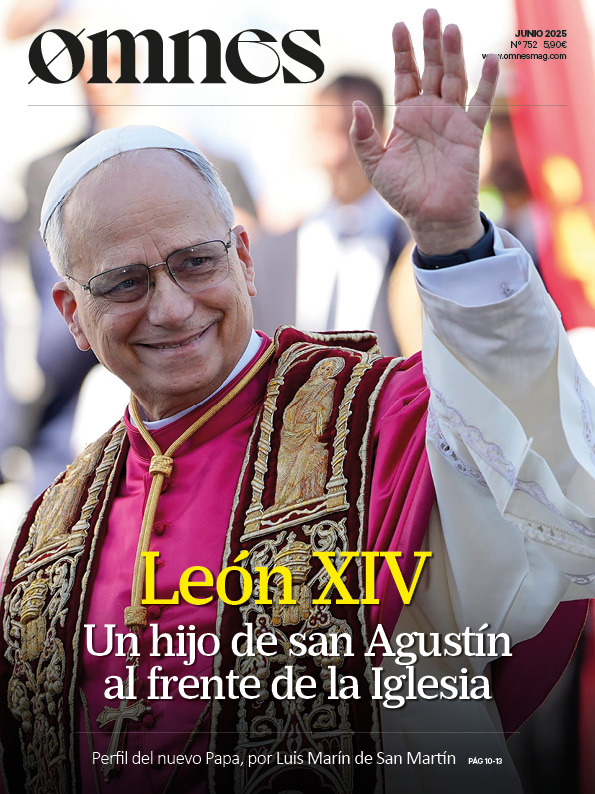


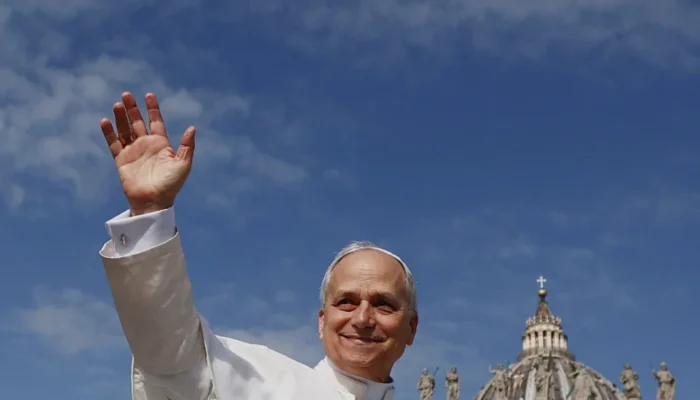
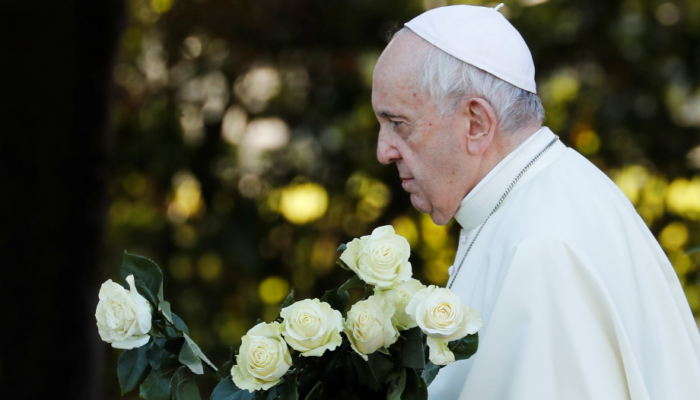

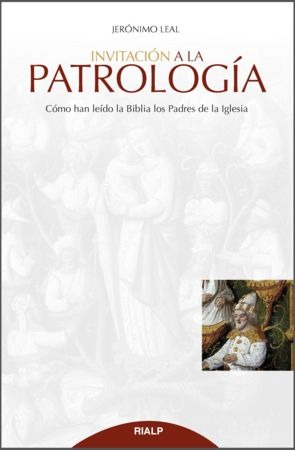
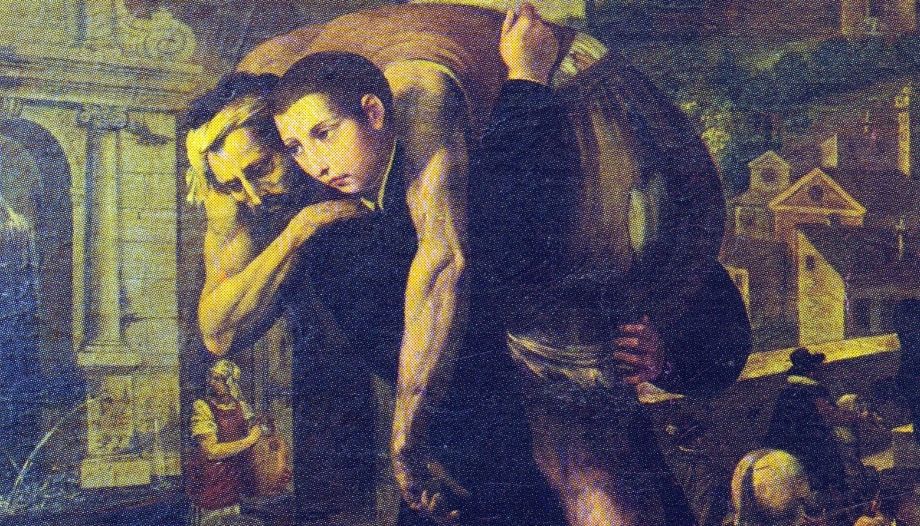
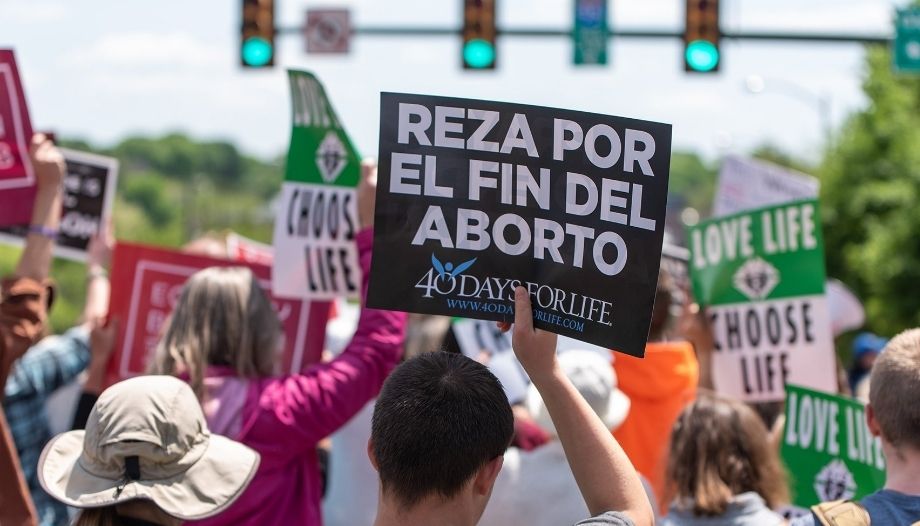

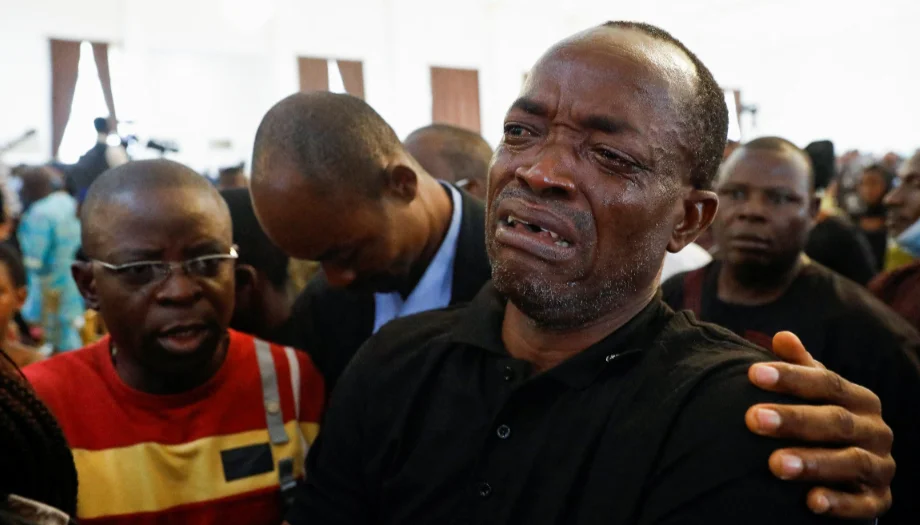
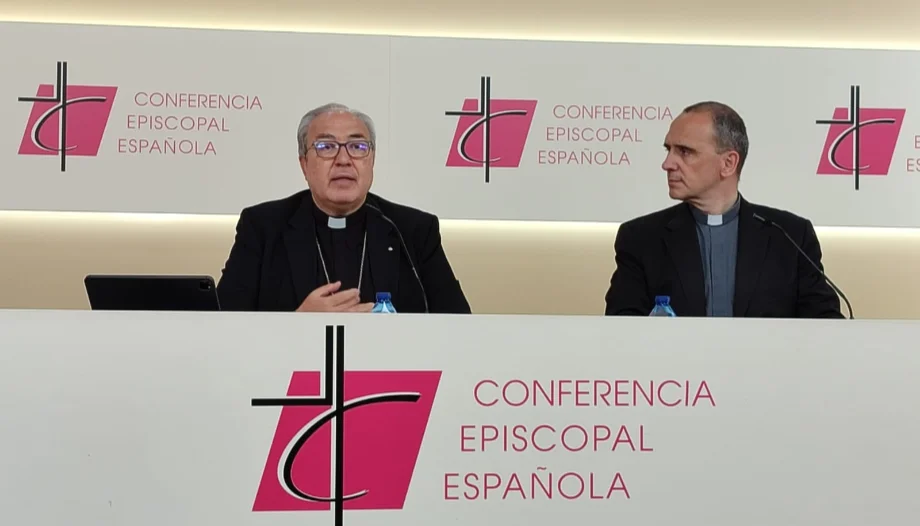

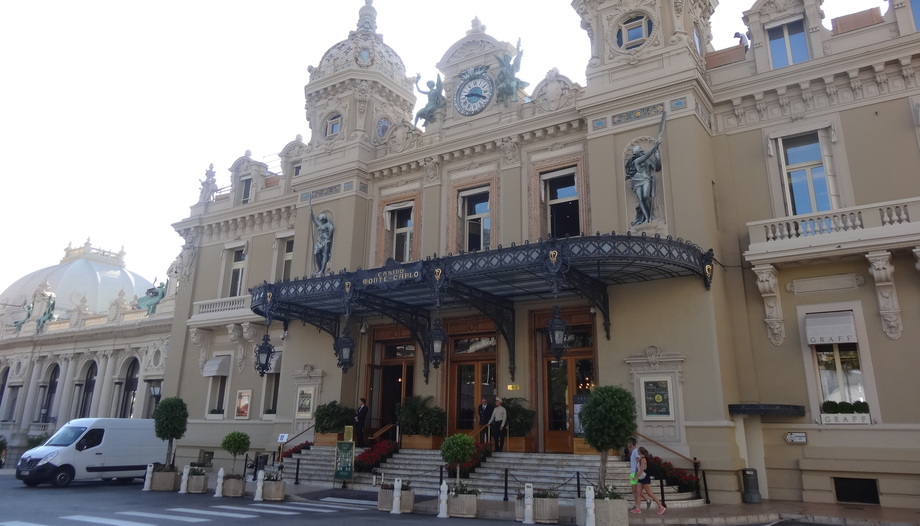
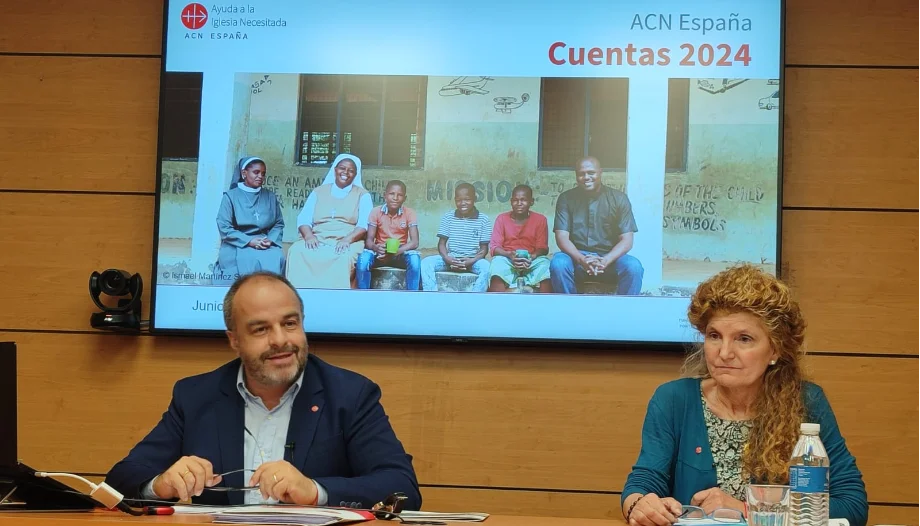

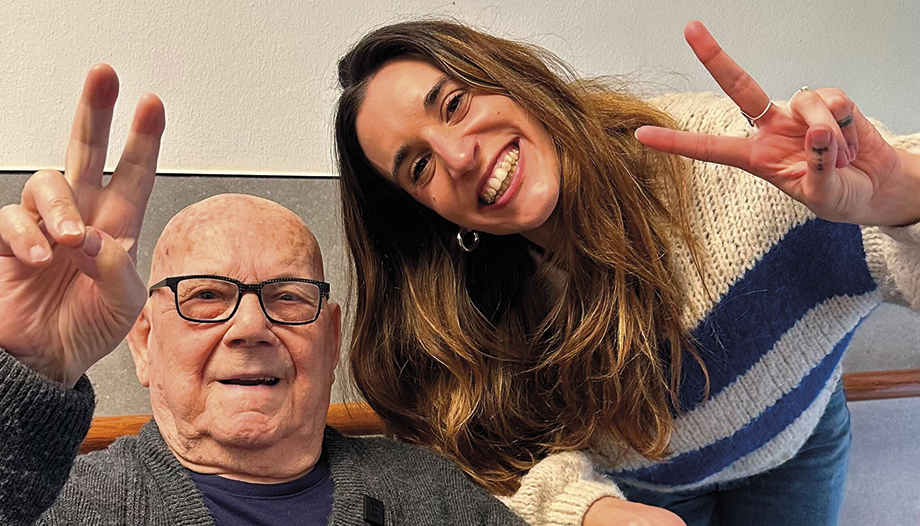
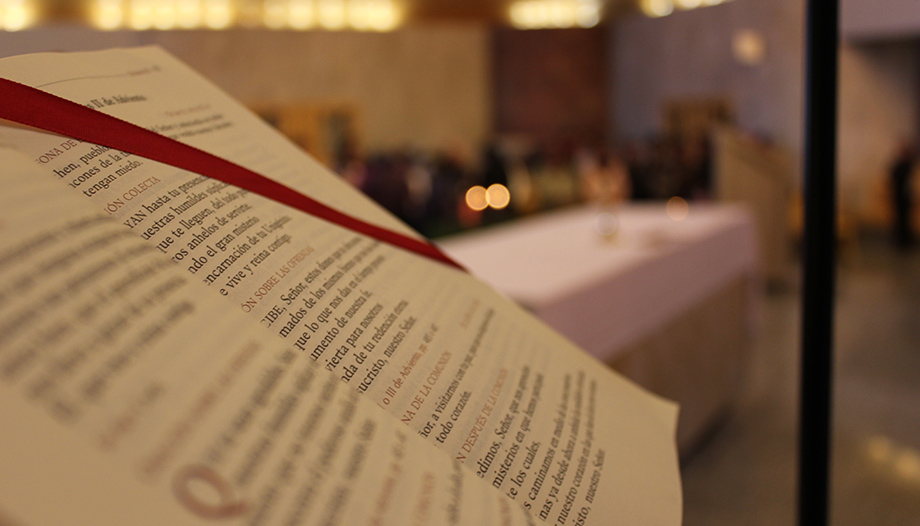
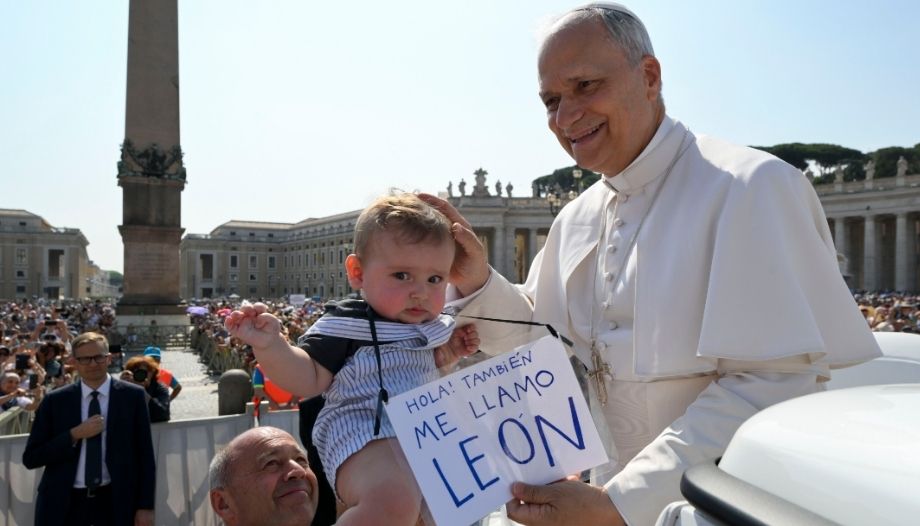
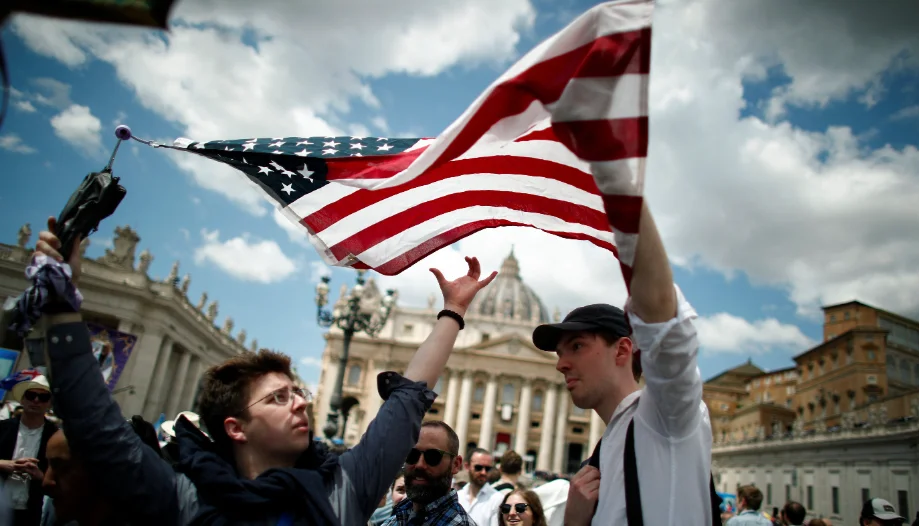
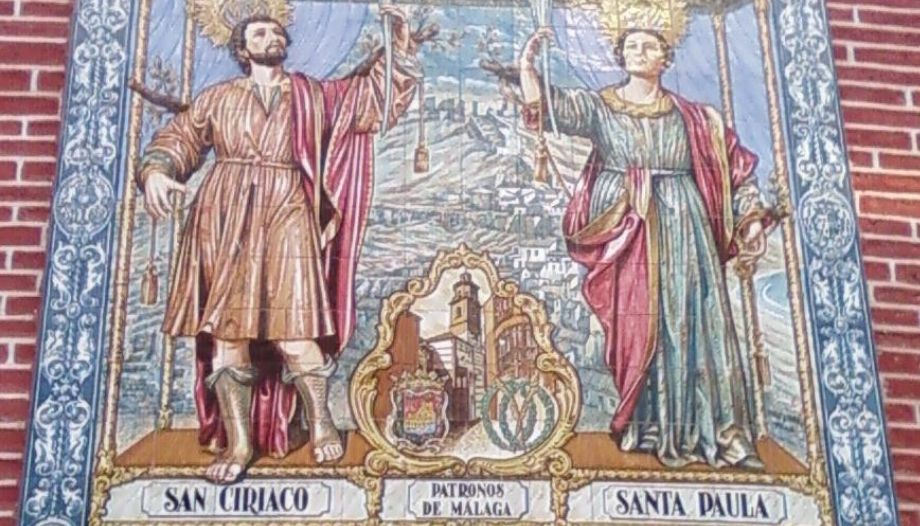
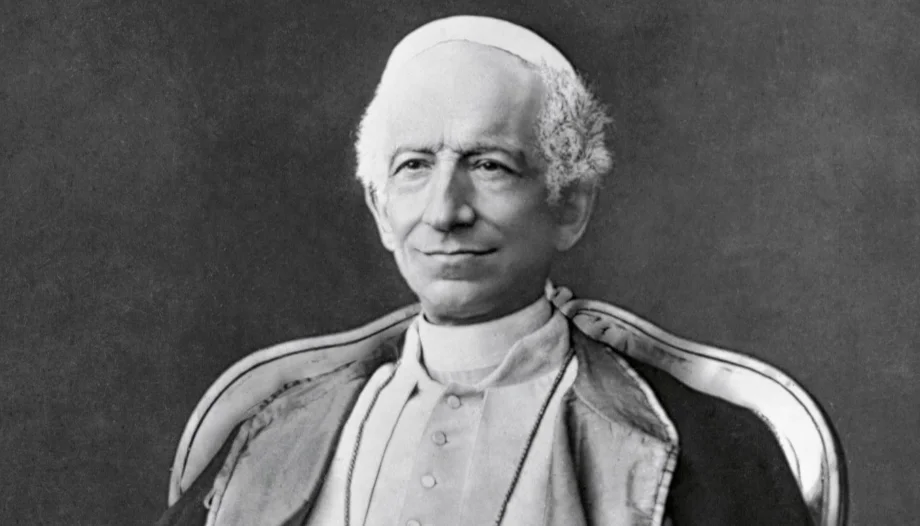
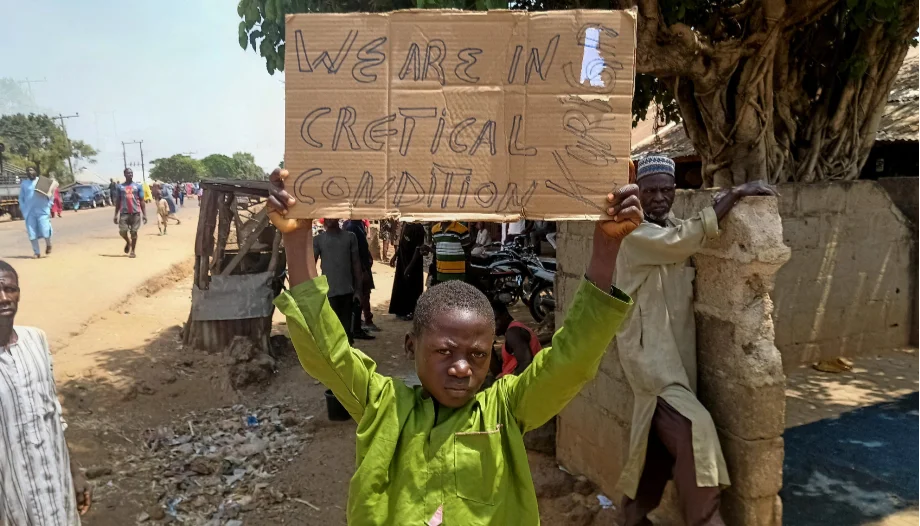
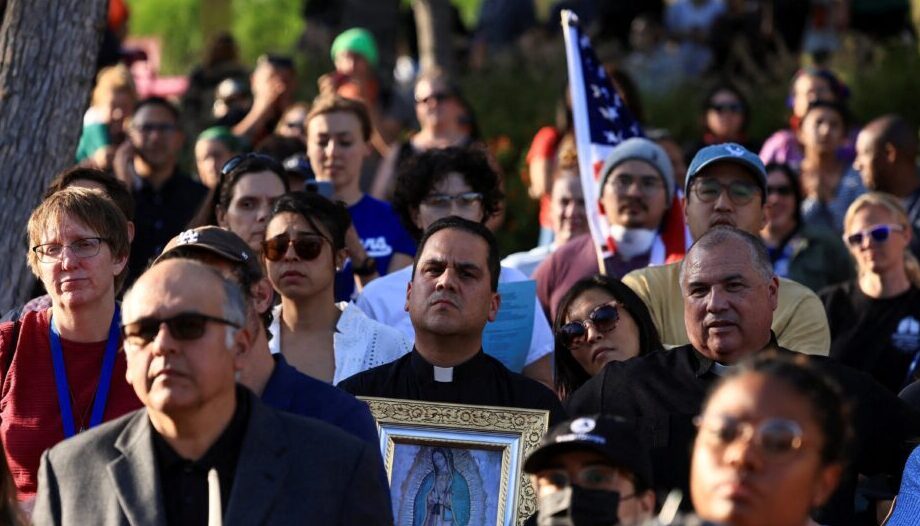
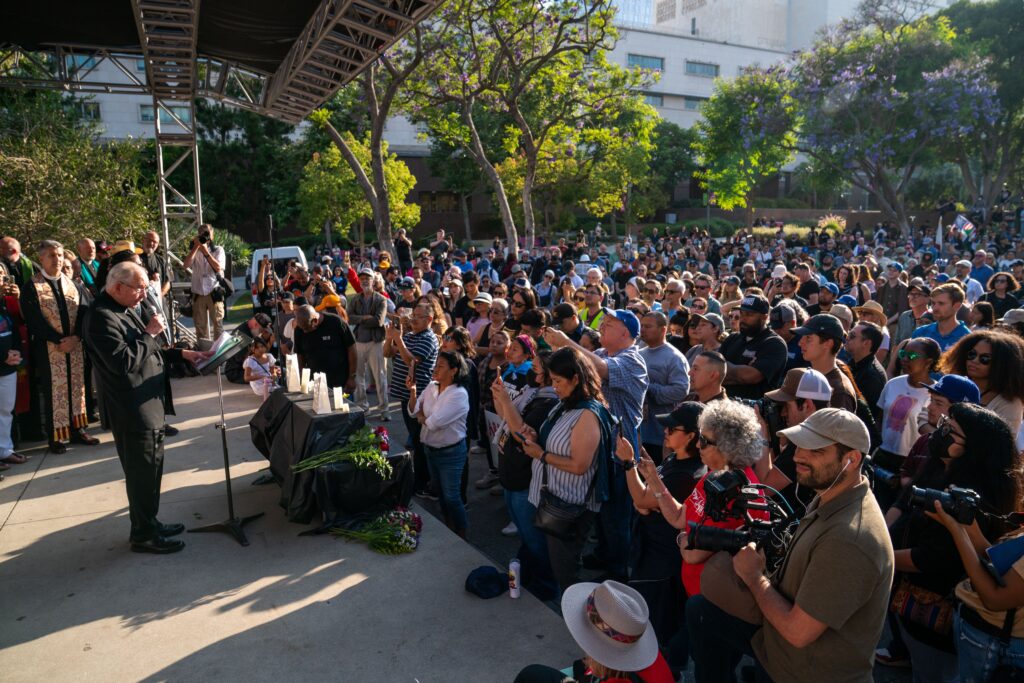

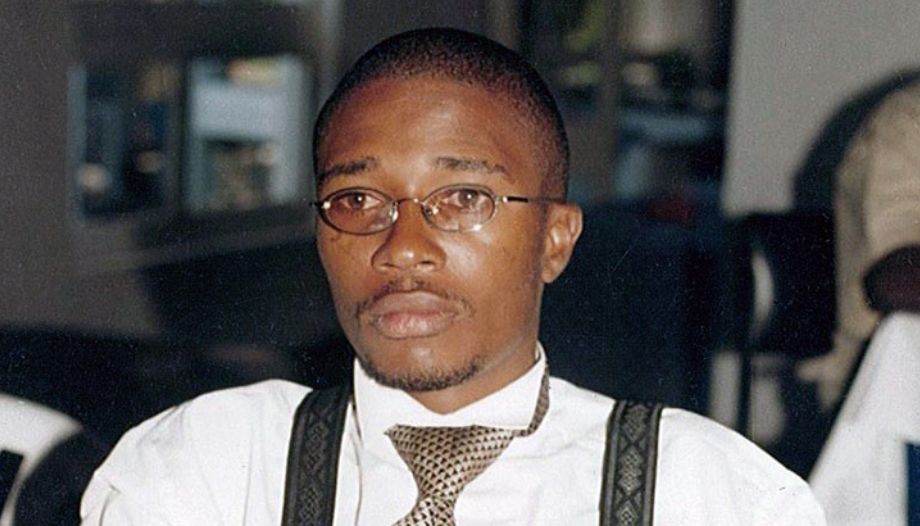
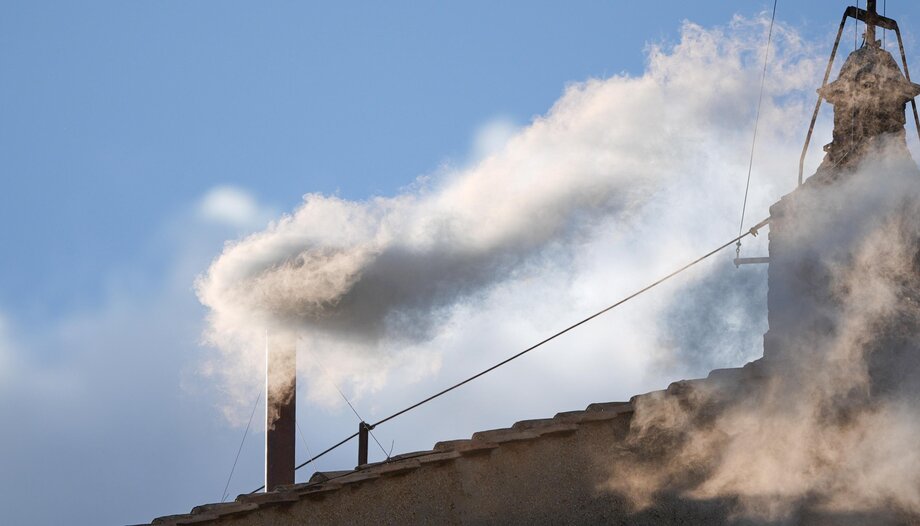
 Cardinal Prevost is the new Pope and will be called Leo XIV
Cardinal Prevost is the new Pope and will be called Leo XIV


